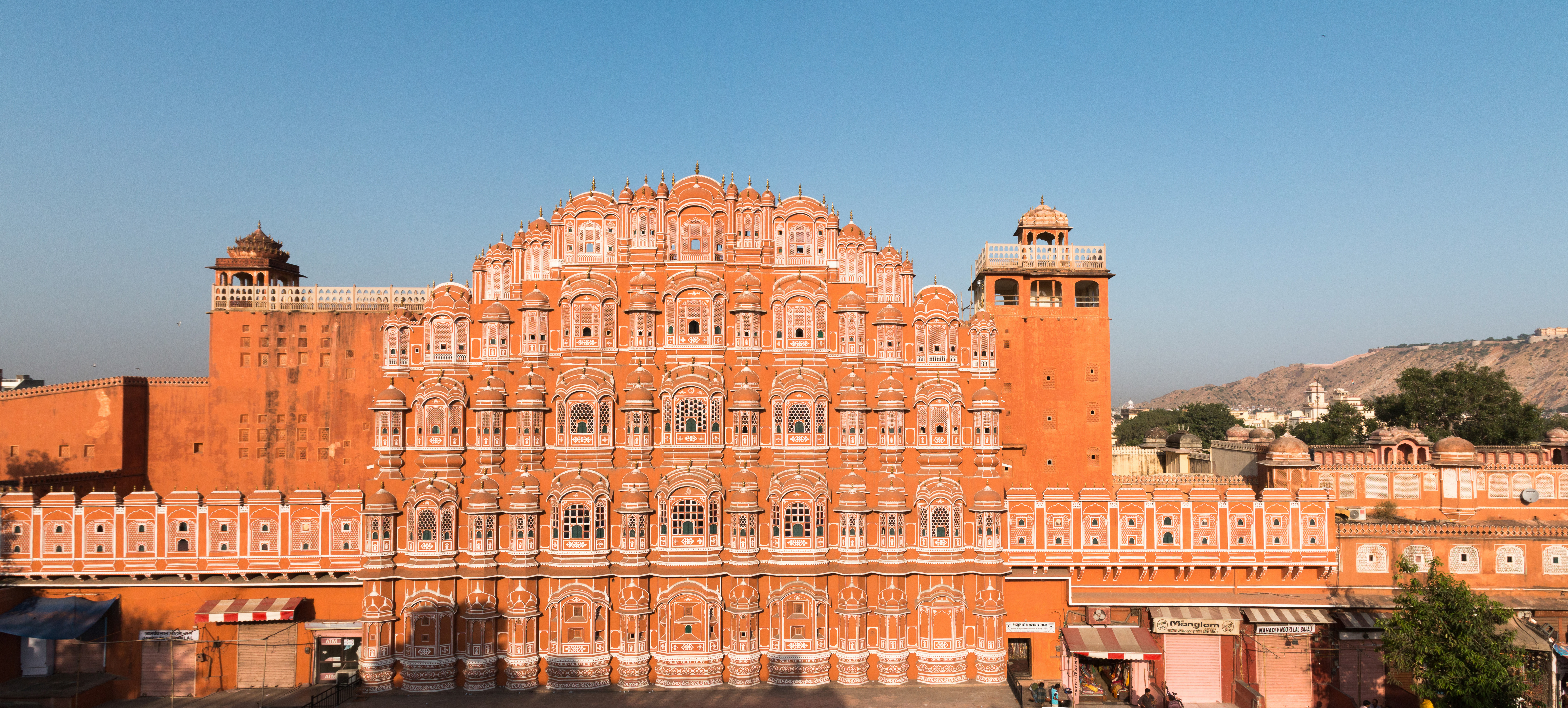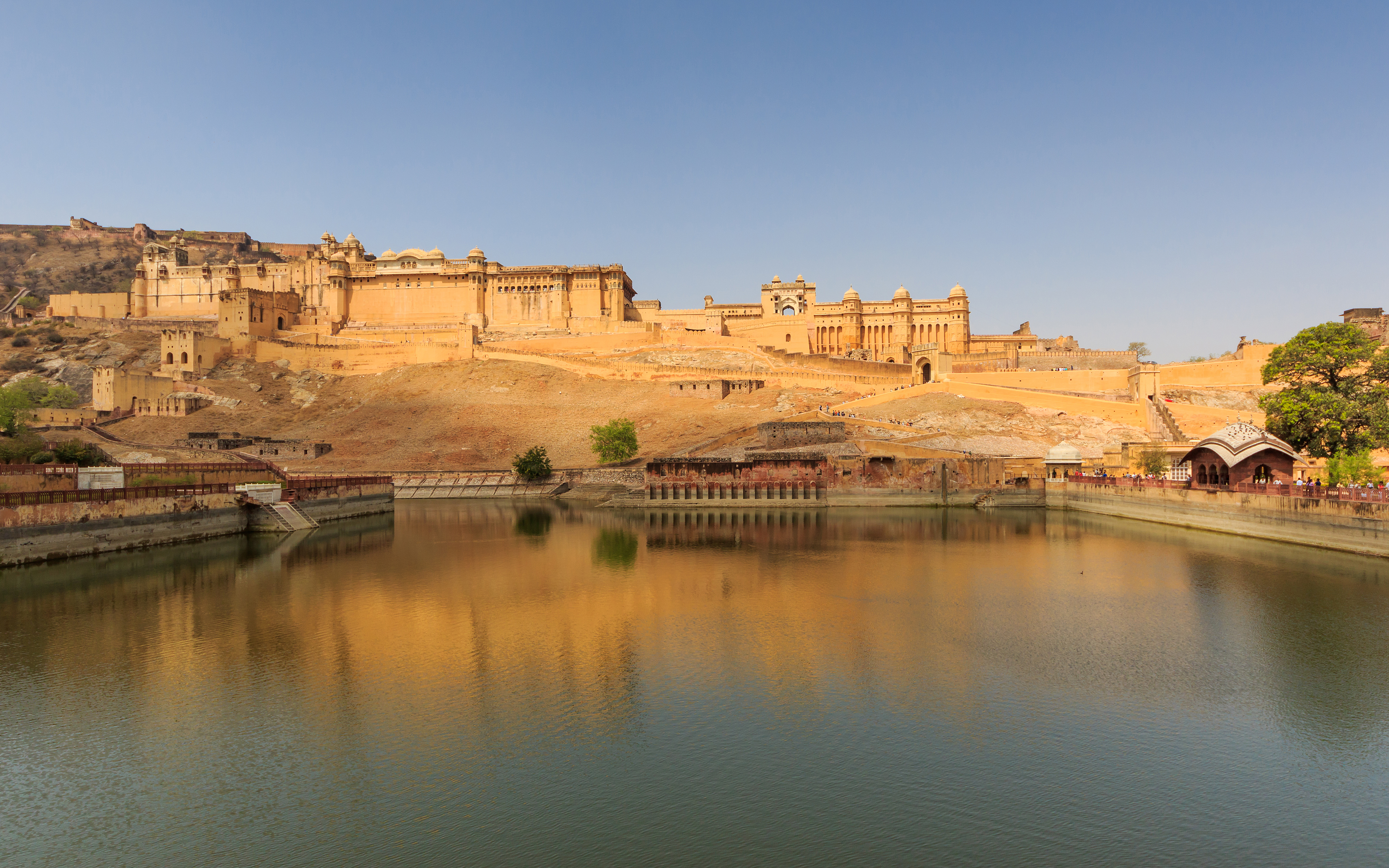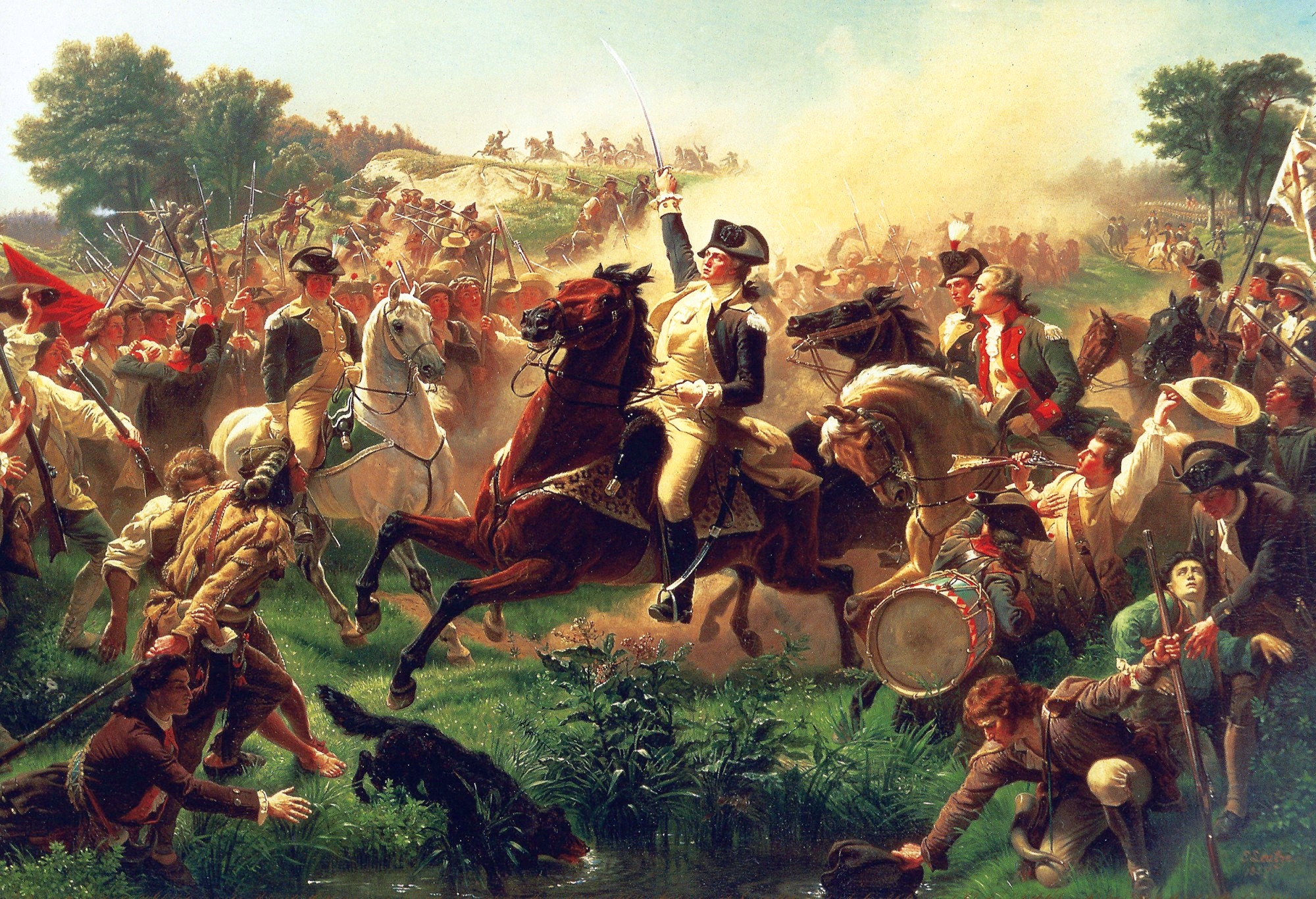|
Prithvi Singh II
Prithvi Singh II (1762 – 13 April 1778), also known as Prithviraj Singh II, was the Maharaja of Amer Kingdom (1768–1778). He was a son of Madho Singh I, Raja of Jaipur. Biography Prithvi Singh was 5 years old when he ascended the throne. Being elder, Prithvi Singh succeeded his father on the throne and his mother became the regent. One of his nobles, Pratap Singh Naruka separated himself from the State of Jaipur and established an independent kingdom at Machheri near Alwar Alwar (Pronunciation: �lʋəɾ is a city located in India's National Capital Region and the administrative headquarters of Alwar District in the state of Rajasthan. It is located 150 km south of Delhi and 150 km north of Jaipur. At .... That is how Alwar became a separate state independent of Jaipur. Prithvi Singh ruled for 10 years and died in 1778 at the age of 15, leaving behind a widow of 11. References People from Jaipur 1762 births 1778 deaths 18th-century Indian royal ... [...More Info...] [...Related Items...] OR: [Wikipedia] [Google] [Baidu] |
Maharaja
Mahārāja (; also spelled Maharajah, Maharaj) is a Sanskrit title for a "great ruler", "great Monarch, king" or "high king". A few ruled states informally called empires, including ruler raja Sri Gupta, founder of the ancient Indian Gupta Empire, and Chandragupta Maurya. 'Title inflation' soon led to most being rather mediocre or even petty in real power, which led to compound titles (among other efforts) being used in an attempt to distinguish some among their ranks. The female equivalent, Maharani (or Maharanee, Mahārājñī, Maharajin), denotes either the wife of a Maharaja (or Maharana etc.) or also, in states where it was customary, a Queen regnant, woman ruling without a husband. The widow of a Maharaja is known as a Rajmata, "queen mother". Maharajakumar generally denotes a son of a Maharaja, but more specific titulatures are often used at each court, including Yuvaraja for the heir (the crown prince). The form "Maharaj" (without "-a") indicates a separation of nobl ... [...More Info...] [...Related Items...] OR: [Wikipedia] [Google] [Baidu] |
Sawai (title)
Sawai is a title of honor used in the Indian subcontinent, the word having its root in Sanskrit language. Sawai literally means a quarter over one (1+1/4) in strength and / or intelligence. In other words it means - one and a quarter of an average man in worth. Holders of Sawai title * Sawai Madhavrao Peshwa aka Madhu Rao II Narayan was Peshwa of the Maratha Empire in India. He was the son of Narayanrao Peshwa and was brought to power as Peshwa by the treaty of Salbai in 1782. * Sawai Jai Singh was given title of ''Sawai'' at the age of eleven by the Mughal Emperor, Aurangzeb in the year 1699, who had summoned him to Delhi, impressed by his wit. Later he proved to be ''Sawai'' also in warfare. The title became hereditary for his successors used by his descendants like, Sawai Pratap Singh; Sawai Man Singh II. *Khengarji III ruler of Cutch from 1875–1942, was given the title of ''Sawai'' by British in the year 1885 The title became hereditary for his successors used by his de ... [...More Info...] [...Related Items...] OR: [Wikipedia] [Google] [Baidu] |
Jaipur State
Jaipur State was a princely state in India during East India Company rule and thereafter under the British Raj. It signed a treaty creating a subsidiary alliance with the Company in 1818, after the Third Anglo-Maratha War. It acceded to independent India in 1947 and was integrated into India by 1949. Upon integration, the ruler was granted a pension ( privy purse), certain privileges, and the use of the title ''Maharaja of Jaipur'' by the Government of India. However, the pension, privileges, and the use of the title were ended in 1971 by the 26th Amendment to the Constitution of India. History Jaipur's predecessor state was the Kingdom of Dhundhar founded in 1093 by Dullah Rai, also known as Dulha Rao. The state was known as Amber between the fourteenth century and 1727. In that year, a new capital was built and named Jayapura, when the kingdom was renamed as Jaipur. Mythical accounts The Kachwaha Rajputs claim descent from Kusha, son of the legendary Rama. ... [...More Info...] [...Related Items...] OR: [Wikipedia] [Google] [Baidu] |
Madho Singh I
Madho Singh I (December 1728 – March 5, 1768) was ruler of the state of Jaipur in the present-day Indian state of Rajasthan.D.K. Taknet, Razia Grover, Nandita Bhardwaj, 2016Jaipur: Gem of India He was the younger son of Jai Singh II and became ruler of Jaipur after his brother Ishwari Singh's death. Biography Madho Singh I was at Udaipur when his half brother Ishwari Singh committed suicide. Following this Madho Singh was crowned as the king of Jaipur state. Madho Singh invited Jayappa Scindia who arrived in due time along with Malharrao Holkar to dinner where the Maratha sardars were served poisoned food which they detected and evaded in time. Next day on 10 January 1751, about 5000 Marathas marched through Jaipur and started exploring the city's temples and monuments. Marathas seemed to have behaved towards Jaipur like city taken by storms. Suddenly the pent-up hatred of the Rajputs burst forth and a riot broke out at noon and citizens attacked unsuspected Marathas. Ma ... [...More Info...] [...Related Items...] OR: [Wikipedia] [Google] [Baidu] |
Pratap Singh Of Jaipur
Pratap Singh (2 December 1764 – 1 August 1803) was a Kachwaha ruler of Jaipur. He is known for constructing the Hawa Mahal. Biography Pratap was born as a younger son of Madho Singh I on 2 December 1764 . Pratap Singh became the Maharaja at the age of 14 after the death of his brother Prithvi Singh. He ruled from 1778 to 1803. His 25-year rule witnessed many spectacular achievements and strategic failures. Being constantly goaded by the Marathas and the Mughals, he had to face repeated threats and a heavy drainage of funds. The fountains behind the Govind Dev temple are credited to him, his poetic talent and patronage of arts and crafts. During his time, the art of paintings reached its peak. By the time of his ascension to the throne, the Mughal Empire was almost in shambles and the artists were fleeing Delhi. Pratap Singh gave them patronage and they came and settled in Jaipur. It was these artists who brought recognition to the Jaipuri school of painting. The fi ... [...More Info...] [...Related Items...] OR: [Wikipedia] [Google] [Baidu] |
Hinduism
Hinduism () is an Indian religion or ''dharma'', a religious and universal order or way of life by which followers abide. As a religion, it is the world's third-largest, with over 1.2–1.35 billion followers, or 15–16% of the global population, known as Hindus. The word ''Hindu'' is an exonym, and while Hinduism has been called the oldest religion in the world, many practitioners refer to their religion as '' Sanātana Dharma'' ( sa, सनातन धर्म, lit='the Eternal Dharma'), a modern usage, which refers to the idea that its origins lie beyond human history, as revealed in the Hindu texts. Another endonym is ''Vaidika dharma'', the dharma related to the Vedas. Hinduism is a diverse system of thought marked by a range of philosophies and shared concepts, rituals, cosmological systems, pilgrimage sites, and shared textual sources that discuss theology, metaphysics, mythology, Vedic yajna, yoga, agamic rituals, and temple building, among other topi ... [...More Info...] [...Related Items...] OR: [Wikipedia] [Google] [Baidu] |
Amer, India
Amber or Amer, is a city near Jaipur city in Jaipur district in the Indian state of Rajasthan. It is now a part of the Jaipur Municipal Corporation. The picturesque situation of Amber at the mouth of a rocky mountain gorge, in which nestles a lake, has attracted the admiration of travellers, including Victor Jacquemont and Reginald Heber. It is seen to be a remarkable example for its combined Rajput-Mughal architecture. The Amber Fort, a UNESCO World Heritage Site, is the top tourist attraction in the Jaipur area. History The state of Jaipur was earlier known as Amber or Dhundhar and was controlled by Meena chiefs of five different tribes who were under suzerainty of the Bargurjar Rajput Raja of Deoti. Later a Kachhwaha prince Dulha Rai destroyed the sovereignty of Meenas and also defeated Bargurjars of Deoli and took Dhundhar fully under Kachwaha rule. Much of the present structure known as Amber Fort is actually the palace built by Mughal Emperor Akbar's Navaratnas Raja ... [...More Info...] [...Related Items...] OR: [Wikipedia] [Google] [Baidu] |
Alwar
Alwar (Pronunciation: �lʋəɾ is a city located in India's National Capital Region and the administrative headquarters of Alwar District in the state of Rajasthan. It is located 150 km south of Delhi and 150 km north of Jaipur. At present the district is famous for production of Mustard Crop in the region, manufacturing of Ray Ban eyeglasses, Beer production plants and frozen food industry. Etymology There are many theories about the derivation of the name Alwar. Cunningham holds that the city derived its name from the Salva tribe and was originally Salwapur, then Salwar, Halawar and eventually Alwar, According to another school it was known as Aravalpur or the city of Aravali. Some others hold that city is named after Alaval Khan Mewati (Khanzada prince who wrested Alwar from Nikumbh Rajputs). A research conducted during the reign of Maharaja Jai Singh of Alwar revealed that Maharaja Alaghraj, second son of Maharaja Kakil of Amber. ruled the area in the eleven ... [...More Info...] [...Related Items...] OR: [Wikipedia] [Google] [Baidu] |
People From Jaipur
A person ( : people) is a being that has certain capacities or attributes such as reason, morality, consciousness or self-consciousness, and being a part of a culturally established form of social relations such as kinship, ownership of property, or legal responsibility. The defining features of personhood and, consequently, what makes a person count as a person, differ widely among cultures and contexts. In addition to the question of personhood, of what makes a being count as a person to begin with, there are further questions about personal identity and self: both about what makes any particular person that particular person instead of another, and about what makes a person at one time the same person as they were or will be at another time despite any intervening changes. The plural form "people" is often used to refer to an entire nation or ethnic group (as in "a people"), and this was the original meaning of the word; it subsequently acquired its use as a plural form of p ... [...More Info...] [...Related Items...] OR: [Wikipedia] [Google] [Baidu] |
1762 Births
Year 176 ( CLXXVI) was a leap year starting on Sunday (link will display the full calendar) of the Julian calendar. At the time, it was known as the Year of the Consulship of Proculus and Aper (or, less frequently, year 929 ''Ab urbe condita''). The denomination 176 for this year has been used since the early medieval period, when the Anno Domini calendar era became the prevalent method in Europe for naming years. Events By place Roman Empire * November 27 – Emperor Marcus Aurelius grants his son Commodus the rank of ''Imperator'', and makes him Supreme Commander of the Roman legions. * December 23 – Marcus Aurelius and Commodus enter Rome after a campaign north of the Alps, and receive a triumph for their victories over the Germanic tribes. * The Equestrian Statue of Marcus Aurelius is made. It is now kept at Museo Capitolini in Rome (approximate date). Births * Fa Zheng, Chinese nobleman and adviser (d. 220) * Liu Bian, Chinese emperor of the Han Dynast ... [...More Info...] [...Related Items...] OR: [Wikipedia] [Google] [Baidu] |
1778 Deaths
Events January–March * January 18 – Third voyage of James Cook: Captain James Cook, with ships HMS ''Resolution'' and HMS ''Discovery'', first views Oahu then Kauai in the Hawaiian Islands of the Pacific Ocean, which he names the ''Sandwich Islands''. * February 5 – **South Carolina becomes the first state to ratify the Articles of Confederation. ** **General John Cadwalader shoots and seriously wounds Major General Thomas Conway in a duel after a dispute between the two officers over Conway's continued criticism of General George Washington's leadership of the Continental Army.''Harper's Encyclopaedia of United States History from 458 A. D. to 1909'', ed. by Benson John Lossing and, Woodrow Wilson (Harper & Brothers, 1910) p166 * February 6 – American Revolutionary War – In Paris, the Treaty of Alliance and the Treaty of Amity and Commerce are signed by the United States and France, signaling official French recognition of th ... [...More Info...] [...Related Items...] OR: [Wikipedia] [Google] [Baidu] |






_1938.jpg)
